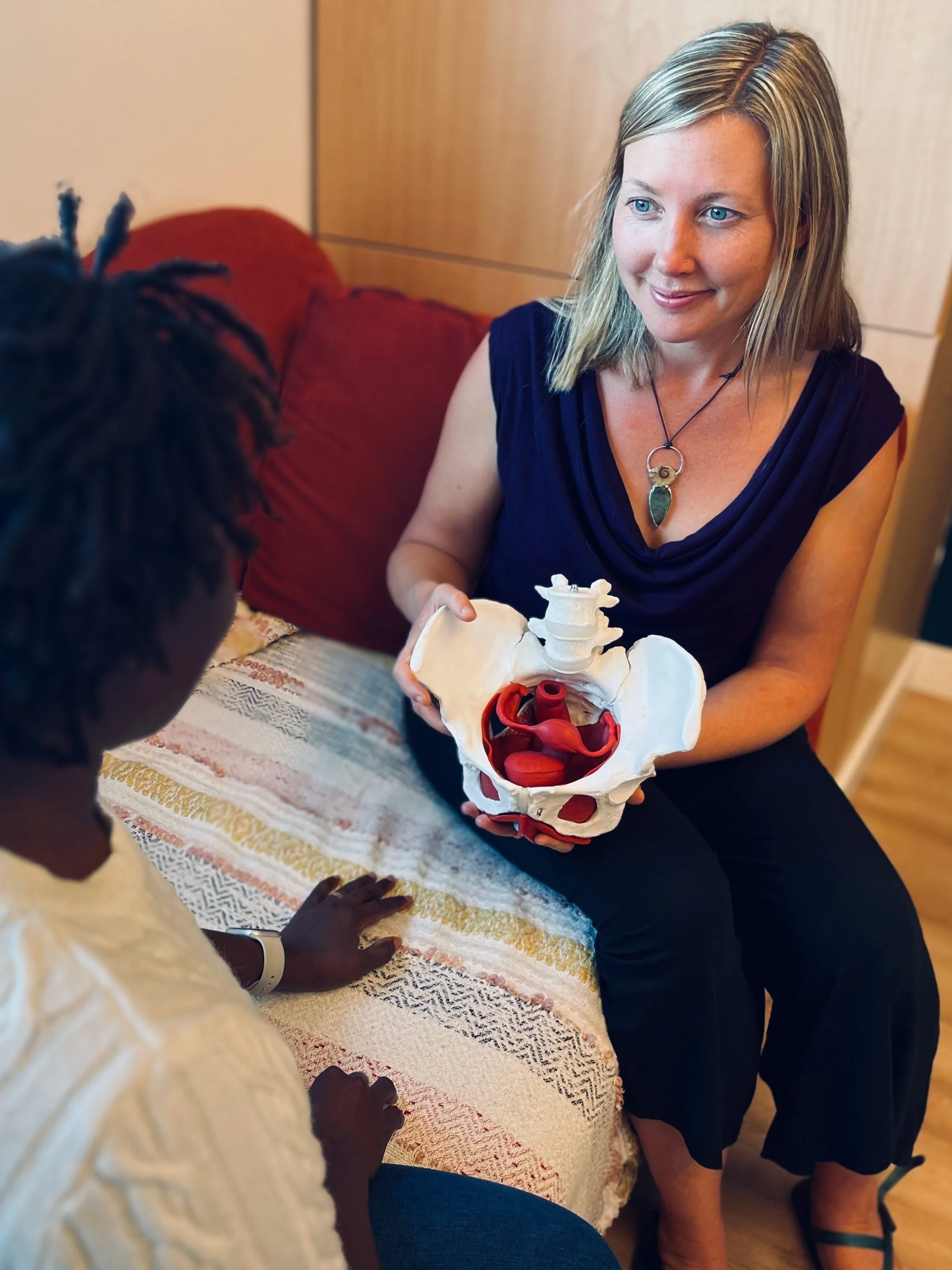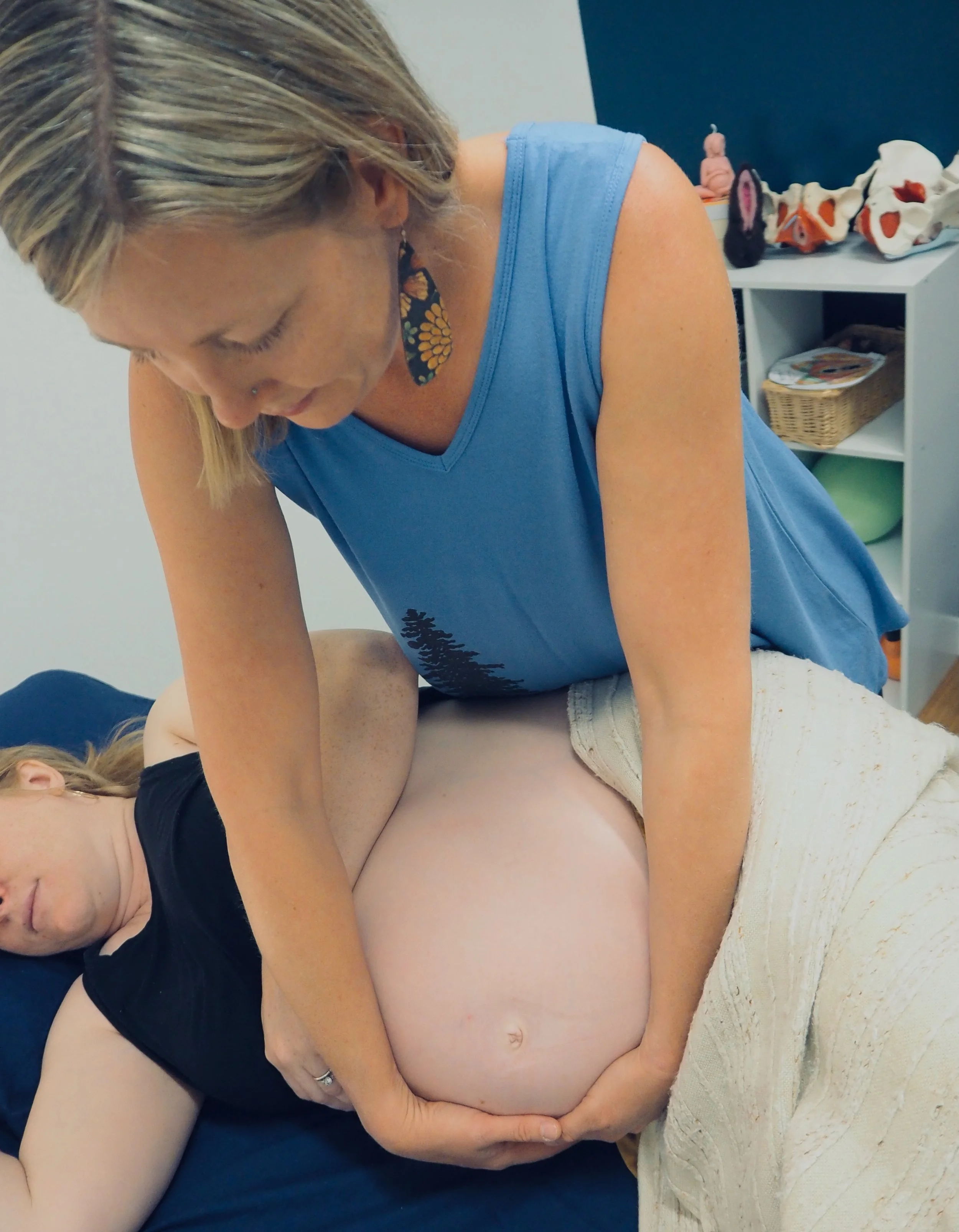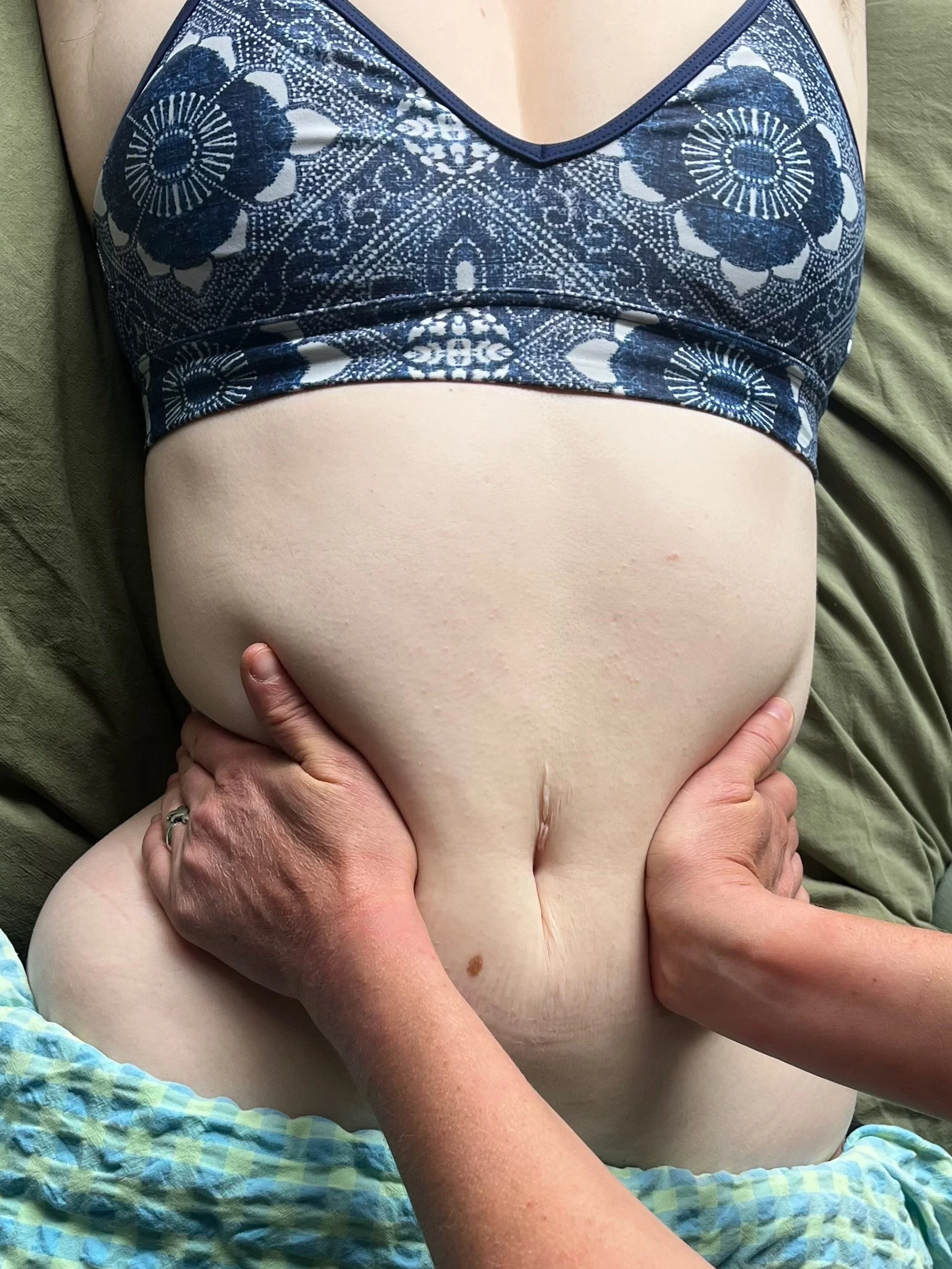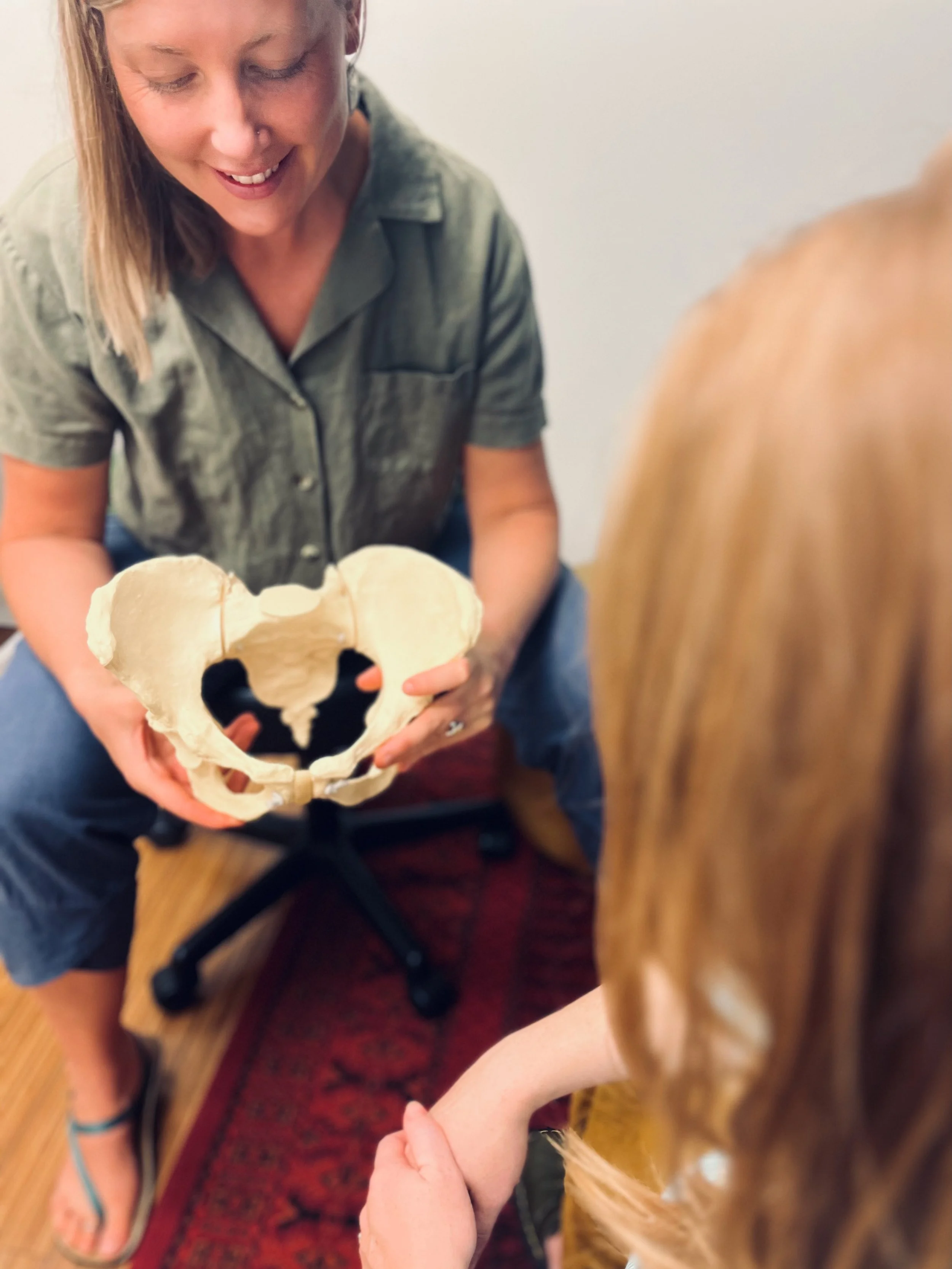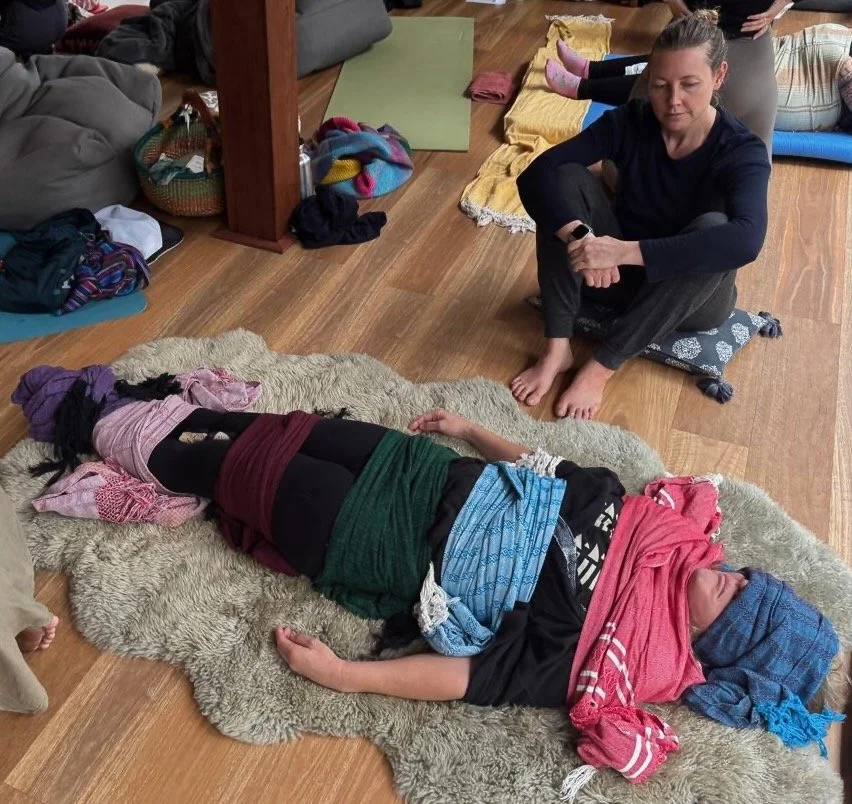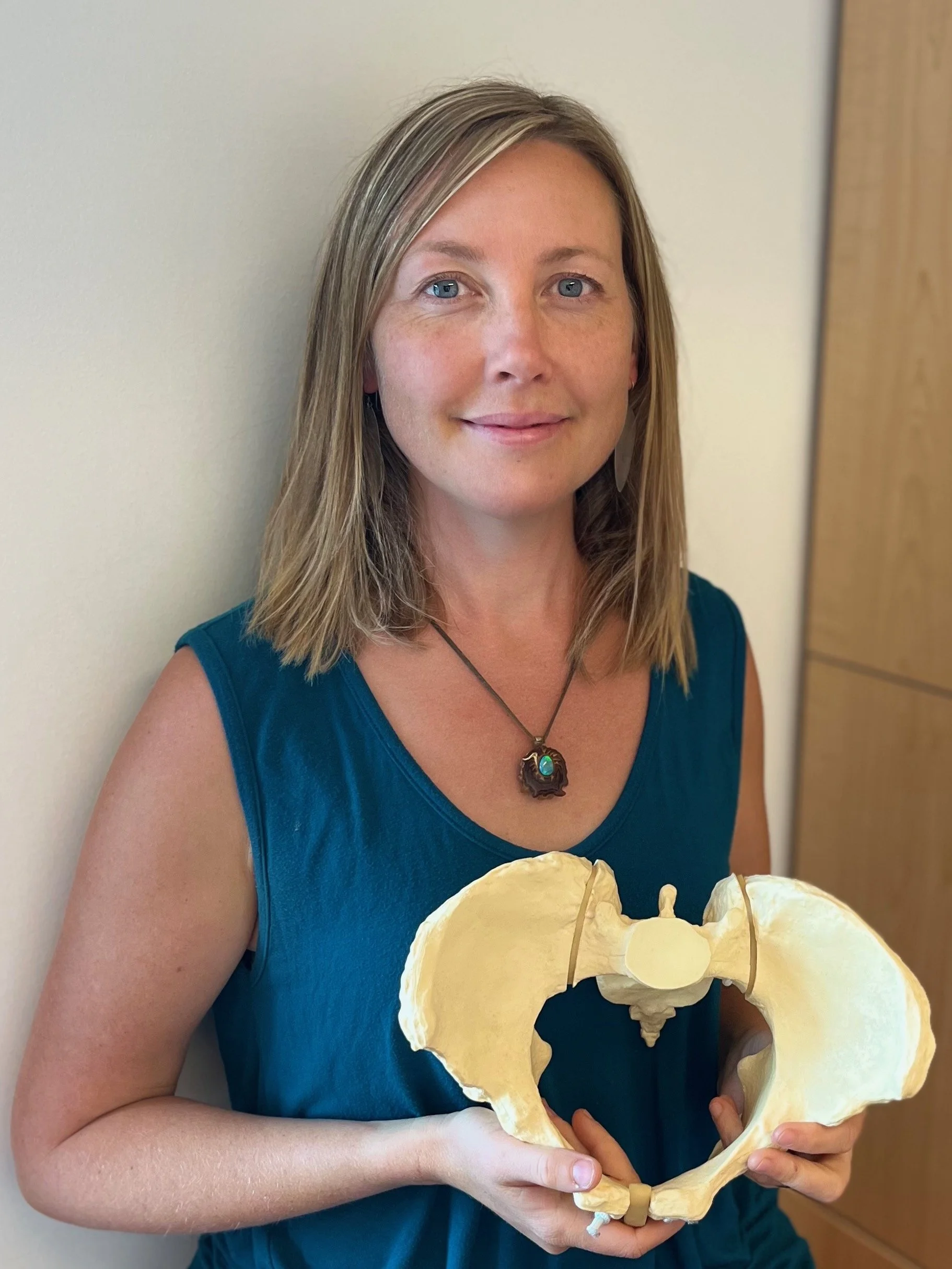Tall Trees Pelvic Care
Lo Mathias
Endorsed Midwife and Internal Pelvic Release Practitioner
I specialise in women’s pelvic health, supporting the body’s natural ability to find balance, ease, and space through gentle, intentional soft tissue release and education. I work with women throughout the life of their womb and pelvis — from pregnancy and postpartum care, scar release, and childbirth education, to ongoing support for pelvic issues.
This work can help with pelvic pain, pelvic organ prolapse, painful sex or menstruation, exploring and healing from birth, and cultivating pelvic awareness and curiosity. Through mindful touch, education, and intention, I guide you in reconnecting with your body and creating space for healing and transformation.
At Tall Trees, you are held with respect and care. My goal is to provide a safe, supportive environment where you feel heard, understood, and empowered on your wellness journey.
Services
Prenatal Pelvic Care
-
Education, anatomy, exercises and breathing to help prepare the pelvis for birth, solo and partnered exercises for home.
-
Bodywork for pregnancy comfort, SPD and hip/back pain.
-
For breech, deflexed or misaligned babies (transverse, not engaged at term, etc.), softening the belly and pelvic structures to help babies get into a comfortable position for birth.
Postpartum and womb care
-
Internal and external bodywork for comfort, healing and alignment of organs.
-
Caesarean scar and perineal scar softening and mobility.
-
Information and demonstration of traditional midwifery forms of belly binding with a ‘faja’ (belly wrap) for womb support and alignment post birth.
Pelvic Health and Connection
-
Pelvic pain, vaginismis, discomfort with sex can all create tension which leads to more pain. Release work softens tissues and supports ease.
-
Endometriosis, cysts, fibroids, irregular or painful cycles, fertility challenges: release work can increase flow and circulation, lymphatic drainage and assist with organ alignment.
-
Release ligament and fascial tension supporting organs to have functional balance.
Mayan Abdominal Massage
-
Bring the womb into a balanced position, release tension, connect with womb space.
-
Massage for abdominal organs for functional balance and softening.
-
Softening and releasing through the whole body including hips and sacrum, face and neck, chest and arms to facilitate and integrate abdominal work.
-
Herbal yoni steaming can be paired with abdominal massage to soften tissues, enhance circulation, and deepen pelvic connection.
Closing the Bones Ceremony
-
Whole body massage
Ritual herbal bath or steam
Sweat
Closing the bones wrap
-
This service will be offered in-home
Meet Lo
Seeking pelvic care can be a vulnerable experience, so my aim is to help you feel safe and supported through every session. I draw on science, traditional midwifery, and embodied practices in movement and awareness to blend anatomy-based guidance with a holistic perspective.
You’ll receive information and tools to deepen your connection with your pelvis and continue that exploration beyond our time together. I trust that you bring the expertise about your own body, and that by giving it space to soften and speak, we can work together to facilitate meaningful change.

